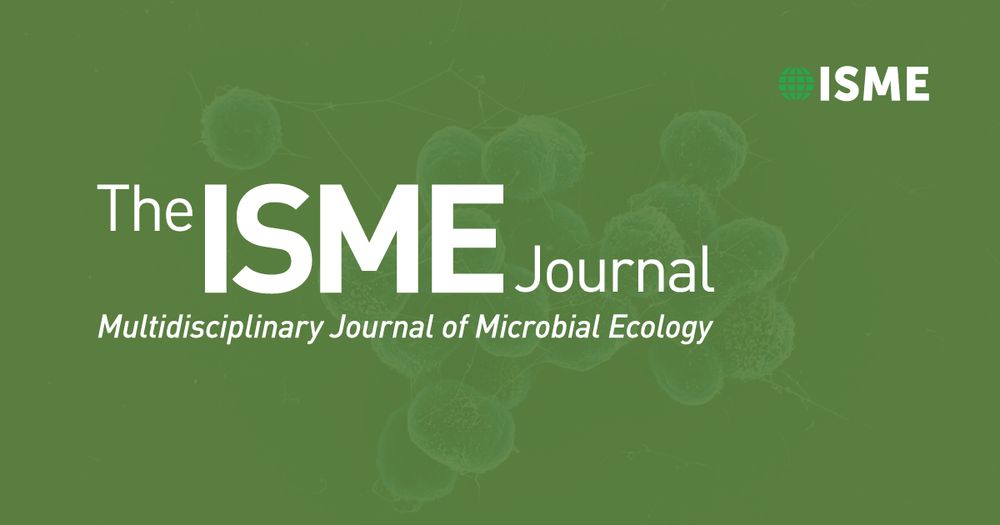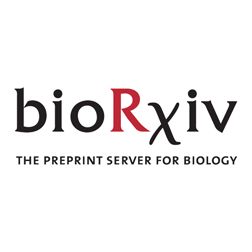Diel rhythms shape viral community structure and activity across the host domains of life
Circadian rhythms, driven by endogenous clocks and synchronized with environmental cues, are fundamental to life on Earth. While extensively studied in diverse organisms, their influence on viral ecology remains largely unexplored. This study takes the temporal dynamics of viruses in Daya Bay as an example to uncover the rhythmic control of viral replication and activity. Using a high-resolution time-series dataset collected every 2 hours over a 3-day period, we identified a total of 22,151 viral operational taxonomic units (vOTUs) and 414 Nucleocytoplasmic Large DNA Virus (NCLDV) genomes. Our analysis revealed significant diel fluctuations, with 14.48% of vOTUs exhibiting diel patterns in metagenomic abundance and 1.97% showing diel transcriptional activity. We found that these abundant diel viruses infect hosts across the domains of life, including cyanobacteria, pelagibacteria, Marine Group II (MGII) archaea and protists, all known for their diel metabolism. The expanded spectrum of host diversity with diel viral interactions significantly broadens our understanding of virus-host rhythmic dynamics in natural environmental settings. A strong positive correlation was detected between the transcriptional activities of these diel viruses and their respective hosts. Contrary to bacteriophages, which mostly peaked during the day, we demonstrated that NCLDVs showed nocturnal diel abundance with a co-fluctuating diel transcriptomic activity pattern tightly hitched to their hosts, peaking at night and declining during the day. Furthermore, we identified a rich compendium of viral genes with significant diel expression patterns, including those related to structural protein production, DNA replication, and stress response. Notably, several essential viral genes involved in stress response and repair were found to be diel transcribed for the first time, including UV-endonuclease (UvdE), peroxidase, chaperones, and early light-induced protein (ELIP). Our findings suggest that viruses across host domains actively synchronize with environmental cues to optimize their replication and transmission, despite their dependence on host metabolism. This study provides novel insights into the rhythmic control of viral communities and their intricate interactions with hosts, with profound implications for microbial community succession and biogeochemical cycles. ### Competing Interest Statement The authors have declared no competing interest. National Natural Science Foundation of China, 2476109, 42276163, 42406144 the Shenzhen Science, Technology and Innovation Commission Program, JCYJ20220530115401003 SUSTech Education Reform Programme, SJZLGC202437 grant from the Deutsche Forschungsgemeinschaft, SPP 2330 project number 464976318



















